Sanosil Disinfectants – best solution for the disinfection & cleaning of watersystems
Sanosil Disinfectant with reinforced hydrogen peroxide – a fast, reliable, and eco-friendly system to keep all types of water systems free of germs
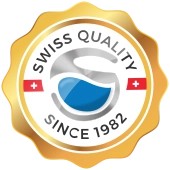
Sanosil Disinfectant with reinforced hydrogen peroxide – a fast, reliable, and eco-friendly system to keep all types of water systems free of germs
Sanosil water disinfectants are most frequently used for:
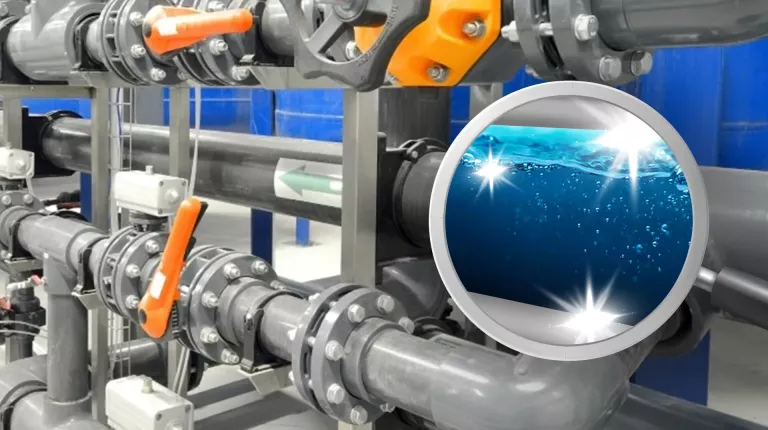
Drinking- and service water systems, tanks and pipes, filter- and water processing installations, CIP systems
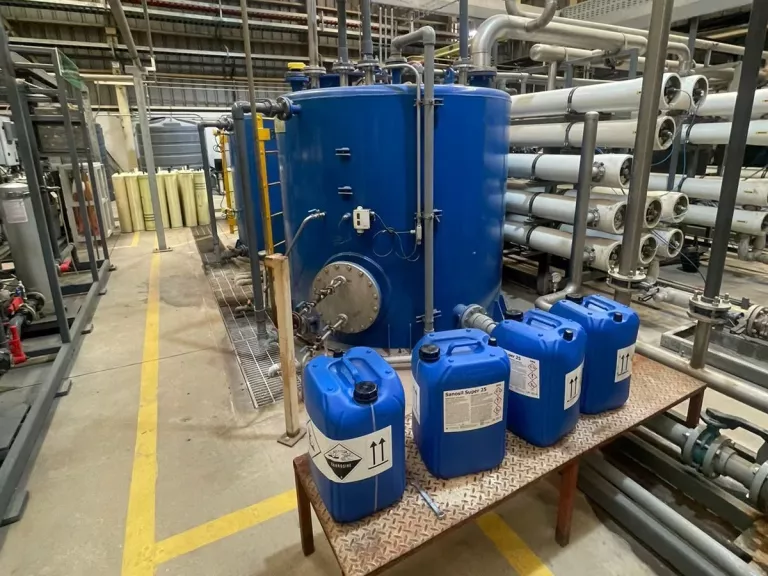
Industrial water installation systems: cooling systems, industrial water treatment installations (softeners, filters, etc.) test benches for water fittings…

Watersystems, tanks and pipes in means of transport (ship, train, plane). Disinfection of mobile water tanks / water transport vehicles

Highly concentrated disinfectant for water and water systems
Disinfectant (non-hazardous) for water and water systems
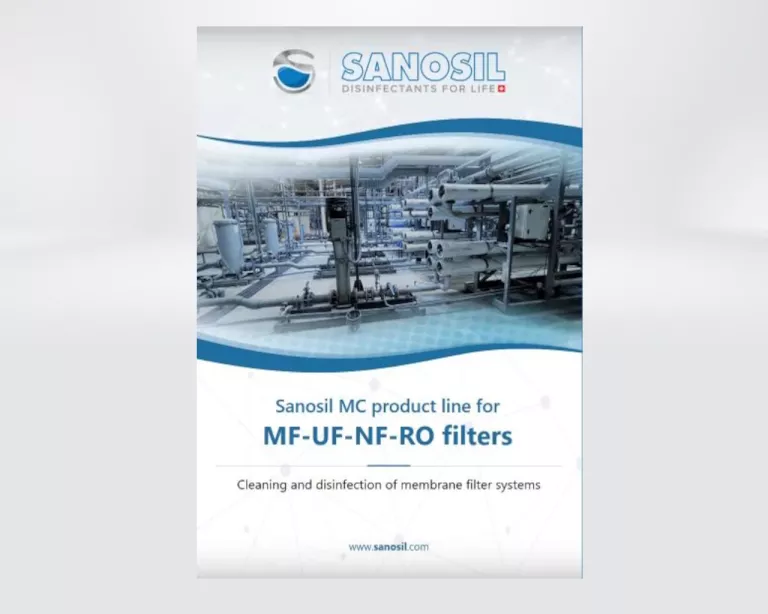
Why you should clean and disinfect them regularly
Water tanks serve either to store water temporarily or to increase the pressure in the water network. But even with water of very good quality, the surfaces in contact with the water begin to accumulate deposits and crusts over time.
These crusts have a rough surface, which greatly favours the settlement of biofilms. Biofilms are slimy structures in which microorganisms can multiply more or less undisturbed by environmental influences. This can have a negative effect on the water quality.
Regular cleaning and subsequent disinfection of water storage tanks not only removes these deposits, but also biofilms that have already formed.
Sanosil Clean TW and the water disinfectants Super 25 or S015 complement each other perfectly and allow ideal cleaning and disinfection of water tanks.
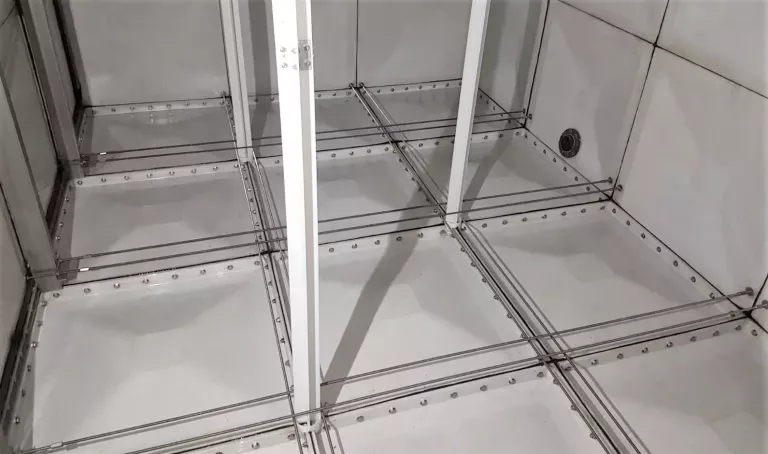
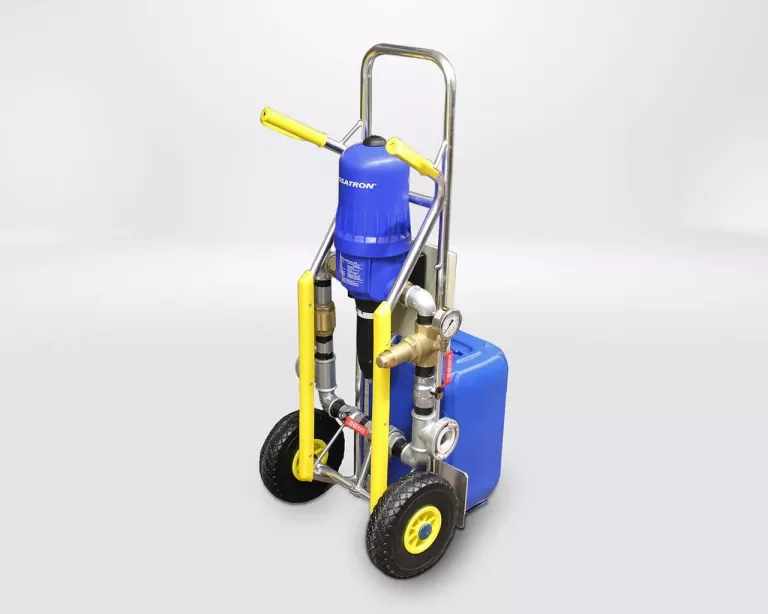
There are many reasons why water pipes need to be disinfected. One of the most common is prophylactic disinfection after a repair or new construction.
Sanosil products are ideal for this purpose because of their good effect and above all their remarkable preservative properties.
For example, a newly constructed pipeline filled with disinfectant solution and sealed can wait several weeks unused for its use without germination taking place during this time.
Sanosil disinfectants with stabilised and boosted hydrogen peroxide are much more stable and longer effective than the usual chlorine solutions. In addition, the corrosion potential is significantly lower and no trihalomethanes are formed.
Mobile, electricity-independent dosing units are particularly suitable for the disinfection of pipelines. This allows pipelines to be filled with disinfectant solution easily and without complications. Of course, not only pipelines but also water systems and tanks of means of transport such as ships, aeroplanes or trains can be disinfected.
Membrane filter technology relies on membranes built into filters as a barrier to separate mixtures of substances.
The membranes allow certain molecules or particles to pass through and block others. This makes efficient water and wastewater treatment possible for industry, food processing and pharmaceuticals.
Depending on the separation efficiency of the membranes installed in the filters, the following terms are used:
Microfiltration removes particles in the range of about 0.1 to 1 micron. Suspended particles and large colloids are generally rejected, while macromolecules and dissolved solids pass through the MF membrane. Microfilters do not always consist of membranes. Sintered ceramic materials can also be used for this purpose.
Ultrafiltration makes it possible to remove particles with a diameter of around 20 to 0.1 microns (e.g. viruses). Dissolved salts and smaller molecules pass through the membrane.
Nanofiltration uses a membrane that falls between ultrafiltration and osmosis, which retains particles with a size of approximately 1 nanometre. NF operates in the range between UF and reverse osmosis. Organic molecules with a molecular weight of more than 200 to 400 are rejected. Around 20 to 98% of dissolved salts are also retained.
Reverse osmosis is one of the finest filtration stages available. The reverse osmosis membrane functions as a barrier to all dissolved salts and inorganic and organic molecules with a molecular weight greater than about 100. Reverse osmosis can be used to generate water of the purest quality (permeate).
For industrial water treatment, several filters of different sizes are generally installed one after the other, with the water being forced through the filters at 2-6 bar pressure. While particle filters remove the filtered solids from the system through intermittent backwashing, reverse osmosis continuously flushes the retained salts (concentrate) out of the system.

![]()
Cleaning and disinfection solutions to membrane filters – Technical possibilities to apply
Basically, membrane filters should be treated in the following order:
Concentration, temperature and reaction time must be adapted to the soiling and the filter materials used.
The application method used is usually immersion or recirculation systems. The used solutions can be stacked and used several times.
Possible types of contamination
Membrane filter systems are designed to treat water to achieve the highest possible degree of purity.
However, this also means that any retained substances can accumulate on the membrane surfaces over time, despite continuous rinsing during operation.This process is known as „fouling“. A distinction is made between 3 types of deposits: organic contamination, mineral deposits and biofilms (contamination).
Unless steps are taken to combat fouling, the membrane’s performance will steadily decrease over time.
This means that the back pressure increases, the energy costs climb, the permeate quality decreases and the filter cartridge or membrane ages prematurely and must be replaced.
In the case of contamination / biofilm growth, there is also an increased risk that bacteria could reach the permeate side through tiny cracks or design-related leaks in the cartridge and contaminate the pure water.
This may occur despite the fact that, according to the specifications, the membrane retains microorganisms.
It is therefore essential to clean and disinfect the system at regular intervals for cost-efficiency reasons and to ensure product safety.
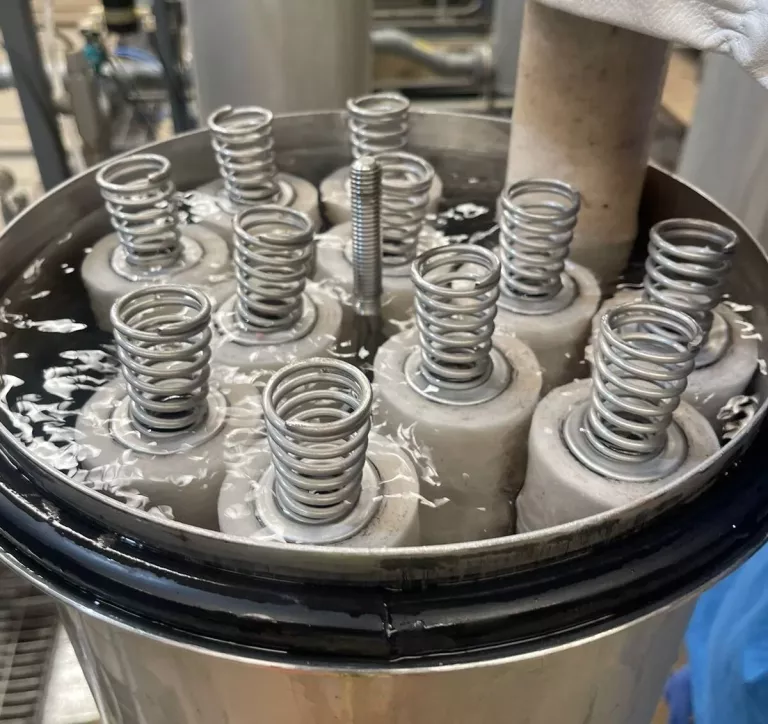

Sanosil products offer you reliability and safety
We look forward to hearing from you!